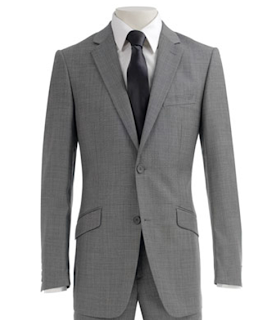At a couple of points during the film opening , knives and potentially a model gun will be used to some dramatic effect, to further emphasize any horror the man in the chair will be feeling at the point. And, you know, the bigger the knife the bigger the smile. Could be seen as a tribute to the likes of Scream, but I'd rather not associate this film opening with that one.
We also had to think about where the couple parts of the scene will be set. In the current storyboard, though very brief, the opening scene is of a field, and the following scene is within a car (hence the pictures), although afterwards the man is brought to a room which you generally only see the inside of. For filming purposes, the space would have to be fairly large, so a couple of the ideas are below for where it could be filmed.
The general feeling for the main character, supposedly the "bad guy", is drawing inspiration from various similar films and the like of the same (ish) genre. Overall, I think Christian Bale's portrayal of Patrick Bateman in American Psycho combined the perfect amount of co-ordination with the perfect amount of, simply put, crazy, and that would be a great thing to aim for with the main character. Sort of a combination between the forever classy Ron Burgundy in Anchorman, and the somewhat sinister yet equally ignorant Dexter (from, of course, Dexter).

The actual killing scene is generally going to be a tribute to the classic kill scene used in Dexter, in which an everyday room is covered in cling film, even the victim themselves before they wake up, and he puts up pictures of the people that the victim hurt in some way or another. However, one main difference in the film opening is that the "victim" isn't lying down, but is tied to a chair in the dark similar to the torture scene in Taken. Also, at one point the main character slams the door behind him, which I guess could be somewhat similar to the ending shot used in Saw.
































